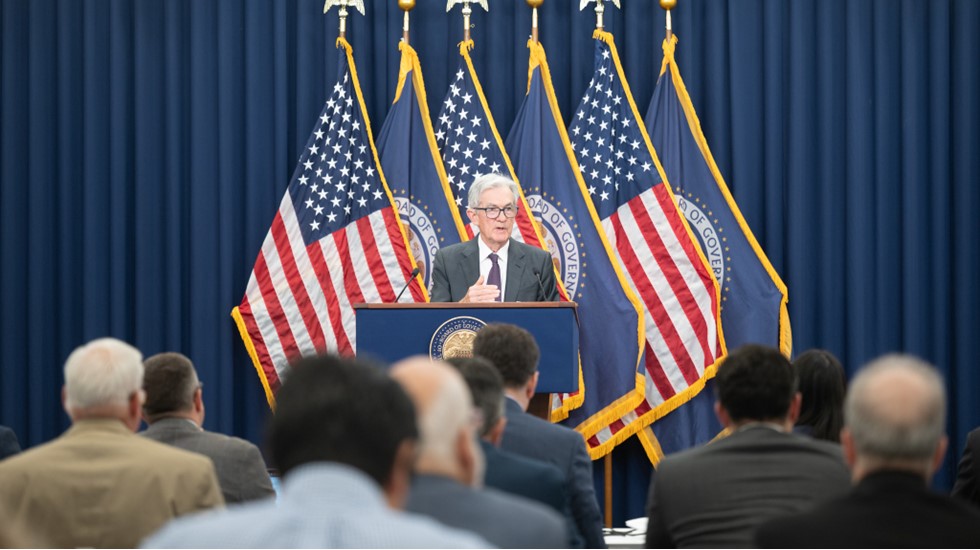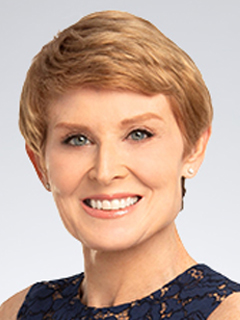Powell corrals the cats
A “risk management cut”

September 17, 2025
The Federal Open Market Committee (FOMC) - the policy-setting arm of the Federal Reserve - voted to cut short-term interest rates by a quarter point at its September meeting, lowering the target range to 4.0% to 4.25%. This marks the first rate cut since December 2024 and reflects concerns that the labor market is weakening, even as inflation is edging higher.
Fed Chairman Jay Powell underscored concerns about the labor market, although he did note that much of what we are seeing is due to changes in immigration, which are limiting the supply of workers. The demand and supply of workers have fallen in tandem, which leaves us with much lower breakeven on payrolls to hold unemployment stable. Still, he did acknowledge that the labor market is weak; that is why the Fed cut.
The move was not unanimous. Governor Stephen Miran who was sworn in just prior to the meeting to temporarily fill Governor Adriana Kugler’s former seat on Monday of this week, dissented in favor of a half percent cut. Miran has taken a leave of absence from his role as the Chairman of the Council of Economic Advisors at the White House to fill the Fed position. It has been 90 years since someone with an affiliation at the White House served at the Fed simultaneously.
An appeals court ruled that Governor Lisa Cook could attend and vote at the meeting. She voted with the plurality of her colleagues for a quarter point cut in rates.
Governors Christopher Waller and Michelle Bowman decided to stand down, despite statements by Waller supporting a half percent cut prior to the blackout period. The strength we saw in retail sales likely kept them voting with their colleagues. There were no dissents on the other side of that decision to hold policy unchanged, although one participant at the meeting felt that was appropriate.
Another six participants see no additional rate cuts this year. Two expect one additional cut and nine expect two additional cuts this year. That leaves the Fed with a very tenuous consensus for two additional rate cuts this year. There was one outlier, which is likely Miran, who forecast that rates drop to 2.75% - 3% in 2025. He has more rate cuts than his colleagues in 2026 with rates falling well below what the Fed considers neutral.
Miran forecast stronger growth on the heels of much more aggressive cuts than his colleagues. That could foreshadow shifts in the composition of the Fed’s leadership next year. Powell remained mute on whether he would stay on in his position as a Fed governor after his tenure as chairman lapses in May 2026. His term as a governor lasts until January 2028.
It is unusual but not unprecedented for a Fed chairman to stay on as a governor. It has not happened since 1948. Chairman Marriner Eccles stayed on as a Fed governor after he was replaced in 1948. The Federal Reserve Building is named after Chairman Eccles.
Powell argued that the balance of risks shifted a little more in terms of the labor market than inflation. He acknowledged that risks on both sides of the Fed’s dual mandate remain elevated. The risk is that inflation and unemployment could both move higher. The Fed is edging closer to neutral, which held at 3% in their forecasts, but is not in a hurry to get there.
Participants at the meeting released their forecasts for GDP growth, inflation, unemployment and the trajectory of rate cuts from here. The forecasts were revised up for growth, while inflation and unemployment held steady. That means there is still a mild bout of inflation in the forecast as the effects of changes in trade and immigration policy work their way through the economy.
The forecasts for 2026 were more dispersed: two expect only one additional rate cut this year; six expect two more rate cuts next year; two expect three cuts; four expect four cuts; three expect five cuts; and two expect six rate cuts. That reflects the extraordinary level of uncertainty regarding the forecast.
“Forecasters are a humble lot who have a lot to be humble about…[A]sk any of the forecasters whether they have great confidence in their forecast right now. I think they'll honestly say no,” Powell said.
There is one issue that the Fed will struggle with on the employment side of its mandate. Some 151,000 workers who took buyouts earlier this year will fall off federal payrolls on October 1. That is a lot of jobs to make up in an economy that has been generating less than 30,000 jobs a month for the last three months.
There could be some offset with the ramp-up in hiring by the Department of Homeland Security. That may not be enough to stave off red ink in the employment report for October, which comes out a week and a half after the October meeting. The Fed is aware of the math on that potential cliff in employment and is expected to cut rates again in October to hedge further downside risks.
Powell argued that the base case is still that the bump in inflation due to tariffs will be short-lived. Still, he cautioned that “Our obligation is to ensure that a one-time increase in the price level does not become an ongoing inflation problem.”
The proximity of the tariff-induced inflation, which is showing up mostly in goods prices – a point Powell noted – to the pandemic inflation ups the risk that inflation becomes normalized. The more we expect prices to rise, the higher the risk of it becoming a self-fulfilling prophecy.
That said, why risk a recession for what may be a temporary boost in prices to a little above 3%. That is nothing like the searing surge in inflation we saw in 2022.
Our forecast for 2026 has more aggressive rate cuts.

Diane Swonk
KPMG Chief Economist
Bottom Line
The Fed is now a little more worried about growth than inflation, but most participants at the meeting are not looking to make aggressive cuts. We still expect two additional cuts prior to the end of the year, but that last cut is not a slam dunk. We would likely see a dissent against a third cut in December. Our forecast for 2026 has more aggressive rate cuts, largely due to changes in Fed leadership, but much is still in flux.
Explore more

Fed split over rate cut decision: No signals on a September cut
The challenge for the Fed would be a deterioration in employment.

KPMG Economics
A source for unbiased economic intelligence to help improve strategic decision-making.

Birds of a feather no longer flock together
The Fed splits over timing & size of rate cuts.
Subscribe to insights from KPMG Economics
KPMG Economics distributes a wide selection of insight and analysis to help businesses make informed decisions.
Meet our team
